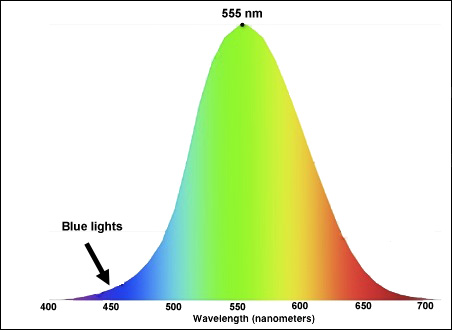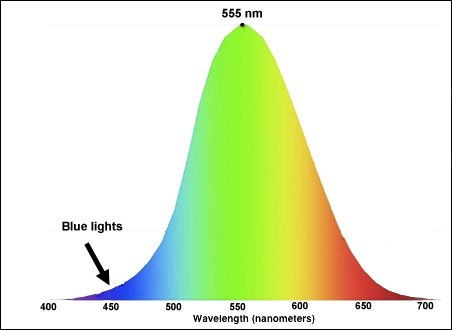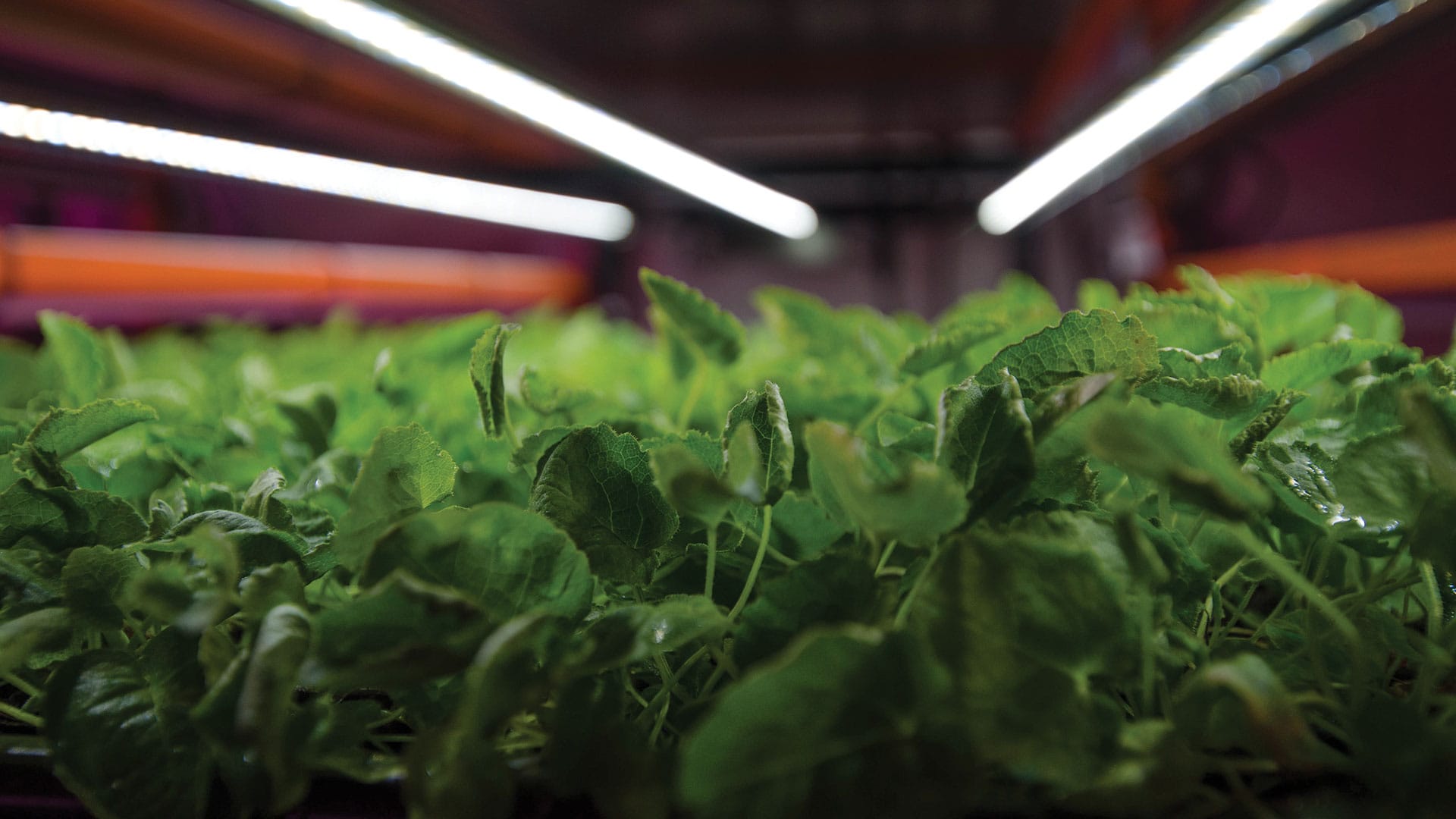- Joined
- Aug 14, 2019
- Messages
- 834
- Reaction score
- 4,741
As a guy with custom tank setup I had to setup my light inside the custom hood that came which hangs just 2-3 inches above water level.
I'm sure most people would also like to know some general PAR numbers for corrosponding Lux levels.
So @Dana Riddle
For a Light 2 inches off water,
with water level illumination level at 10000Lux/15000Lux with 50/50 white to royal blue ratio(Most common ratio. if not 66.6 blue to 33.3 white also might help) What will be the PAR value, 6/12/18 inches below water.
Can you please let us know? I'm sure this will help a lot with custom light to figure out their PAR values. Thanks a load
I'm sure most people would also like to know some general PAR numbers for corrosponding Lux levels.
So @Dana Riddle
For a Light 2 inches off water,
with water level illumination level at 10000Lux/15000Lux with 50/50 white to royal blue ratio(Most common ratio. if not 66.6 blue to 33.3 white also might help) What will be the PAR value, 6/12/18 inches below water.
Can you please let us know? I'm sure this will help a lot with custom light to figure out their PAR values. Thanks a load

























